Digital cylinder in dentistry represent a significant advancement in the field of dental technology. Unlike traditional mechanical cylinders, digital dental cylinders integrate advanced digital components to enhance precision, control, and efficiency in various dental procedures. These devices are equipped with sensors, actuators, and digital interfaces that enable accurate measurements, real-time data processing, and automated control.
How the Digital Cylinder Has Revolutionized Dentistry: From Traditional Mechanics to Modern Precision?
The evolution of digital cylinder from traditional mechanical systems to their current digital forms represents a significant leap in dental technology. Here’s an overview of the key technological advancements:
Integration of Digital Sensors
- Traditional Systems: Early mechanical cylinders relied on manual adjustments and lacked real-time data capabilities.
- Digital Advancement: Modern digital dental cylinders incorporate advanced sensors that provide accurate measurements and real-time feedback. This integration allows for precise adjustments and automated control, enhancing the overall accuracy of dental procedures.
Real-Time Data Processing
- Traditional Systems: Data processing in traditional systems was often slow and manual, leading to delays and potential inaccuracies.
- Digital Advancement: Digital cylinder provides real-time data processing, allowing dental professionals to make immediate adjustments during procedures. This capability improves the efficiency and effectiveness of treatments.
Integration with CAD/CAM Technology
- Traditional Systems: Mechanical cylinders operated independently from design and manufacturing technologies.
- Digital Advancement: Digital Dental cylinders are seamlessly integrated with Computer-Aided Design (CAD) and Computer-Aided Manufacturing (CAM) systems. This integration enables precise design and fabrication of dental prosthetics, such as crowns and bridges.
Advanced Imaging Capabilities
- Traditional Systems: Imaging technologies in traditional systems were less advanced, providing lower resolution and less detail.
- Digital Advancement: Digital Dental cylinders contribute to high-resolution imaging, allowing for detailed diagnostic information. This advancement facilitates more accurate diagnosis and treatment planning.
Digital Dental cylinders have revolutionized dental technology by offering advanced precision, real-time data processing, and automated control. The transition from traditional mechanical systems to digital dental cylinder represents a major advancement, providing significant benefits in various dental procedures. As technology continues to evolve, digital dental cylinder will likely play an increasingly important role in enhancing dental care and improving patient outcomes.
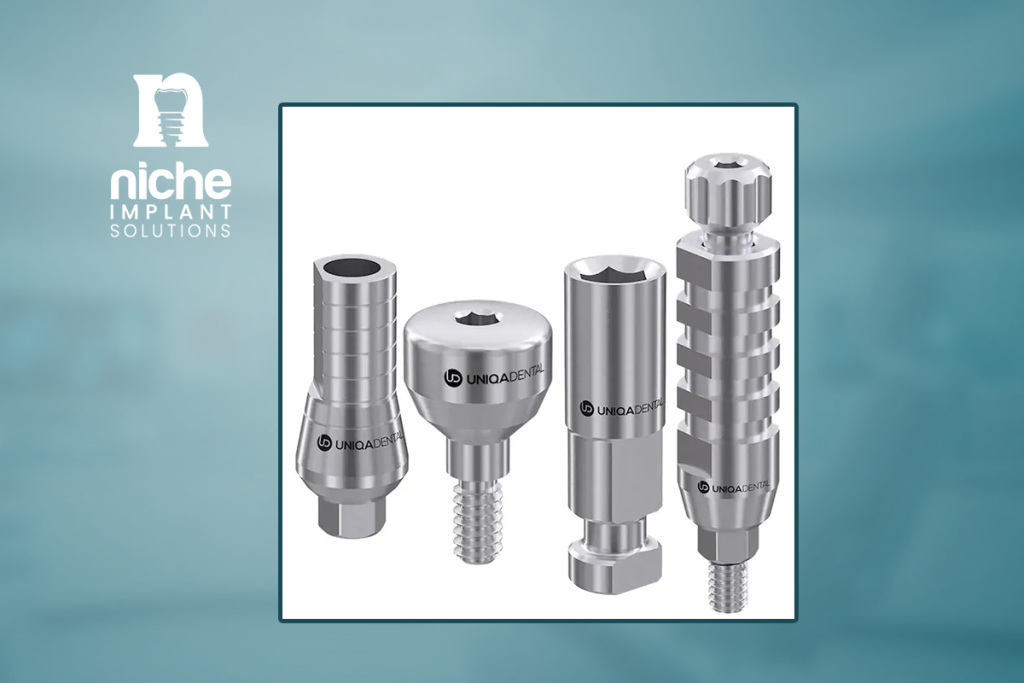
Why Digital Cylinder Are a Game-Changer for Dental Precision and Efficiency
Digital Dental cylinders represent a significant advancement in dental technology, offering numerous benefits that enhance the precision, efficiency, and overall patient experience in various dental procedures. Here’s a detailed exploration of the key benefits of digital dental cylinders in dentistry:
Precision and Accuracy
Enhanced Precision: Digital dental cylinder excel in providing high levels of precision in dental procedures. Traditional mechanical cylinders often had limitations due to manual adjustments and mechanical wear. In contrast, digital dental cylinders integrate advanced sensors and digital controls, ensuring precise measurements and positioning. This heightened accuracy is crucial for complex procedures such as implant placement, where even minor deviations can affect the success of the treatment.
Reduced Human Error: The automated nature of the digital dental cylinder minimizes the potential for human error. By using digital algorithms and real-time feedback, these systems provide consistent and accurate results, reducing the likelihood of mistakes that can occur with manual methods.
You can read: The Ultimate Guide to Buying Dental Supplies Online in 2024
Improved Outcomes: The increased precision offered by digital cylinder leads to improved clinical outcomes. For example, in implant dentistry, accurate placement of implants is essential for achieving optimal results and ensuring the longevity of the implants. Digital dental cylinder facilitate precise positioning, contributing to better long-term success rates.
Real-Time Data Processing
Immediate Feedback: One of the standout features of digital dental cylinder is their ability to provide real-time data processing. This capability allows dental professionals to receive immediate feedback during procedures. For instance, during implant placement, real-time data enables the dentist to make on-the-fly adjustments, ensuring the implant is positioned correctly.
Digital Dental cylinders offer substantial benefits in the field of dentistry, including enhanced precision, real-time data processing, improved patient comfort, and increased workflow efficiency. These advancements contribute to more accurate treatments, better patient experiences, and streamlined dental practices. As technology continues to evolve, digital dental cylinders are likely to play an increasingly vital role in advancing dental care and enhancing clinical outcomes.
Advantages and Disadvantages: Pros and Cons of Adopting Digital Dental Cylinder
Digital cylinder offer significant improvements in precision, efficiency, and treatment outcomes. However, transitioning from traditional mechanical systems to digital cylinders presents both advantages and disadvantages. Understanding these pros and cons is crucial for dental practices
Advantages of Digital Dental Cylinder:
- Enhanced Precision and Accuracy: Digital cylinders offer superior precision and accuracy, reducing the margin for error and improving clinical outcomes.
- Increased Efficiency: Automated features and real-time data processing streamline workflows, reducing procedure times and increasing overall efficiency.
- Improved Patient Experience: The precision and efficiency of digital cylinder lead to better-fitting prosthetics, more comfortable treatments, and shorter appointment times, enhancing patient satisfaction.
- Customization: Integration with CAD/CAM systems allows for the creation of highly customized implants and prosthetics, tailored to individual patient needs.
- Future-Proof Technology: Digital dental cylinders are at the forefront of dental technology, ensuring practices remain competitive and up-to-date with the latest advancements.
Disadvantages of Digital Dental Cylinder:
- High Initial Cost: The adoption of digital cylinders requires a significant investment in new equipment and technology, which can be a barrier for some practices.
- Ongoing Maintenance and Training: Digital systems require regular maintenance and updates, as well as ongoing training for dental professionals to stay proficient with the technology.
- Integration Challenges: Incorporating digital cylinders into existing workflows and systems can be challenging, requiring careful planning and adaptation.
- Dependency on Technology: Reliance on digital technology means that any technical issues or malfunctions can disrupt procedures and require professional servicing to resolve.
The comparison between digital dental cylinders and traditional mechanical systems highlights the significant advancements in dental technology. While mechanical systems have been the backbone of dental procedures for many years, digital cylinder offer enhanced precision, efficiency, and ease of use. The advantages of adopting digital dental cylinders, including improved patient experience and the ability to create customized treatments, make them a valuable addition to modern dental practices. However, the high initial cost, ongoing maintenance, and integration challenges must be considered. As dental technology continues to evolve, digital dental cylinders are poised to play an increasingly important role in delivering high-quality, efficient, and precise dental care.
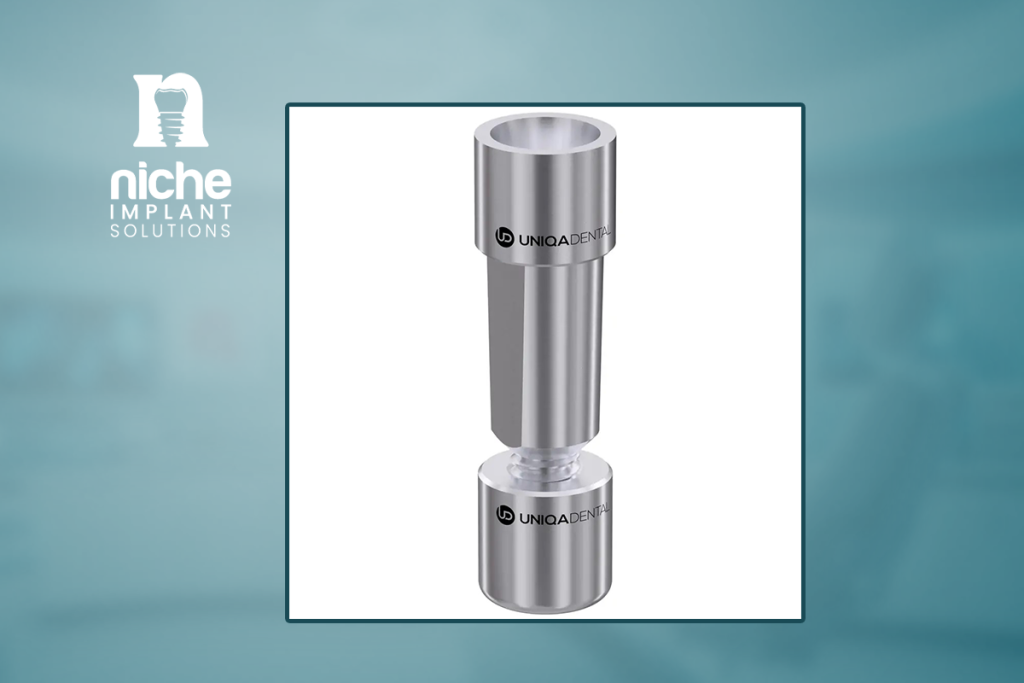
Digital Cylinder: Elevating Niche Dental Solutions to New Heights
In the ever-evolving field of dentistry, technological advancements continue to revolutionize the way dental professionals deliver care. One such innovation making significant strides is the digital cylinder. These advanced devices are transforming niche dental solutions by offering unparalleled precision, efficiency, and patient comfort. From implant dentistry to orthodontics and prosthetic design, digital dental cylinder is enhancing specialized treatments, leading to improved outcomes and streamlined workflows. This article explores how digital dental cylinder is elevating niche dental solutions to new heights, showcasing their impact on modern dental practices.
Advanced Implant Dentistry
- Precision Implant Placement: Digital dental cylinder allows for precise placement of dental implants, improving alignment and reducing complications.
- Customized Implants: Integration with CAD/CAM systems enables the creation of custom implants tailored to individual patient needs.
Orthodontic Treatments
- Accurate Appliance Adjustments: Digital cylinder facilitate precise adjustments to orthodontic appliances, improving patient comfort and treatment outcomes.
- Enhanced Aligners: Used in the design and manufacturing of clear aligners, ensuring a perfect fit and optimal results.
Prosthetic Design and Fabrication
- Custom Prosthetics: Digital dental cylinder aid in the creation of custom dental prosthetics, such as crowns, bridges, and dentures, with high accuracy and fit.
- Efficient Manufacturing: Streamlines the manufacturing process, reducing time and material waste.
Diagnostic Imaging
- High-Resolution Imaging: Contributes to the production of detailed diagnostic images, enhancing the accuracy of diagnosis and treatment planning.
- Real-Time Adjustments: Allows for immediate modifications based on real-time imaging data.
Benefits of Digital Cylinder in Niche Solutions
- Reduced Error Margins: The use of digital cylinder minimizes human error and mechanical inaccuracies, leading to more successful treatments.
- Improved Outcomes: Precise measurements and adjustments contribute to better clinical outcomes and patient satisfaction.
- Streamlined Processes: Digital cylinder automate routine tasks and integrate with other digital systems, improving workflow efficiency.
- Faster Treatments: Real-time data processing and automation reduce the time required for adjustments and corrections.
- Comfort: Accurate adjustments and personalized treatments lead to a more comfortable experience for patients.
- Convenience: Shorter treatment times and fewer adjustments enhance patient convenience.
- Initial Investment: The cost of digital cylinder and associated technologies can be high, potentially limiting access for some practices.
- Maintenance and Training: Ongoing maintenance and the need for specialized training can add to the overall cost.
- Compatibility Issues: Integrating digital dental cylinders with existing dental systems may present challenges, requiring careful planning and adaptation.
- Keeping Up: Rapid advancements in technology necessitate regular updates and upgrades to maintain the effectiveness and relevance of digital cylinder.
Digital dental cylinders represent a significant advancement in niche dental solutions, offering enhanced precision, efficiency, and patient satisfaction. By integrating these devices into specialized treatments, dental professionals can achieve better clinical outcomes and streamline their workflows. Despite the challenges associated with cost and integration, the benefits of digital dental cylinder makes them a valuable asset in modern dental practice, paving the way for more accurate and efficient dental care.
Contact Niche Dental Now : Experience the Difference
Call us on : +201011687002

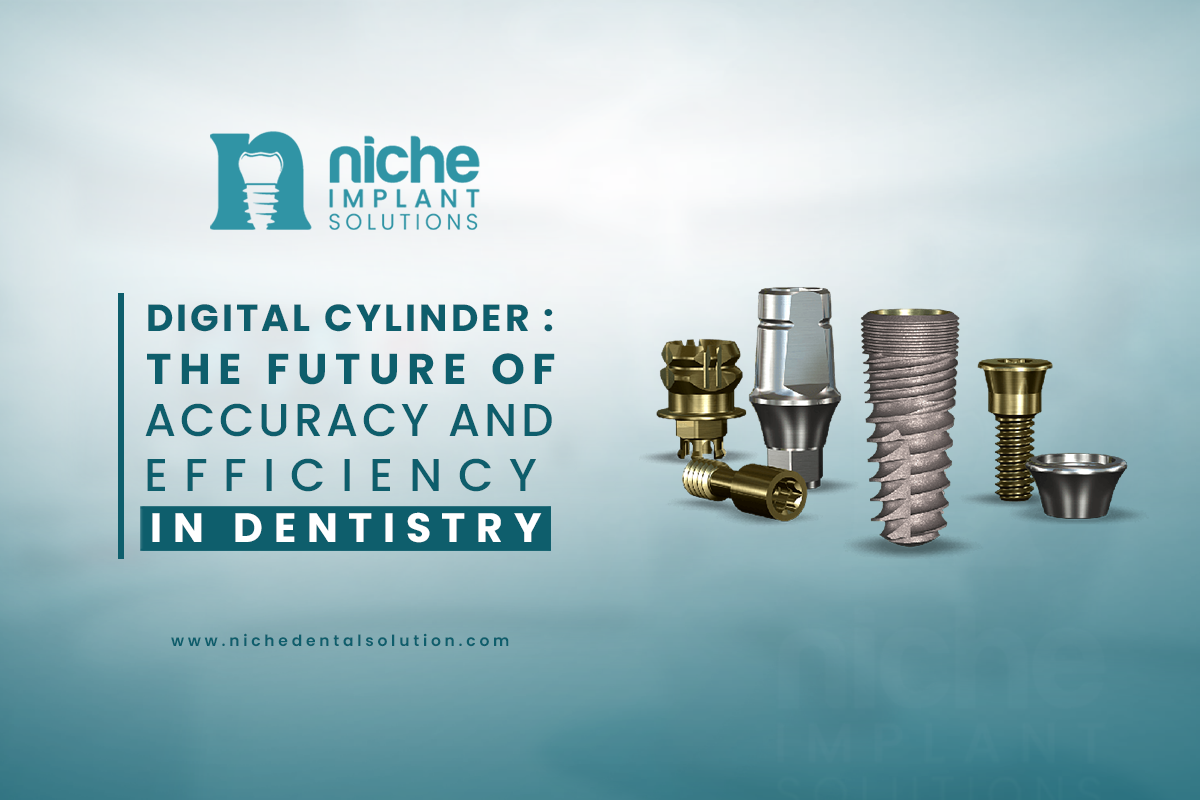
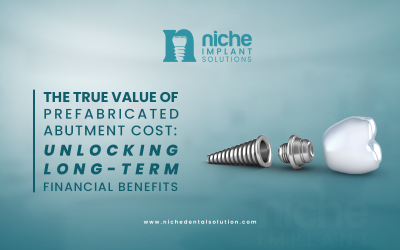
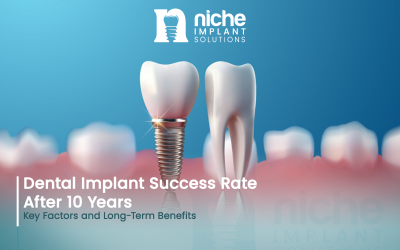

0 Comments